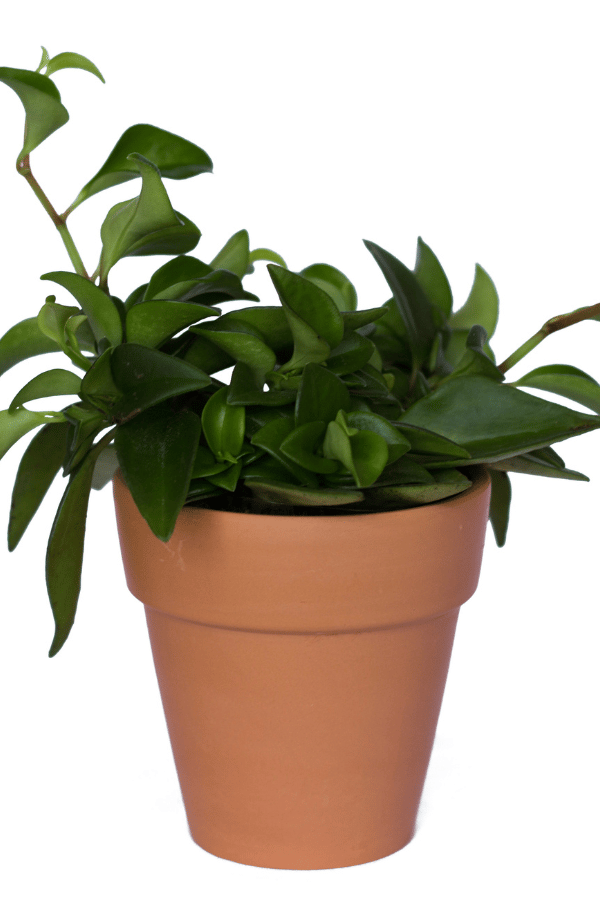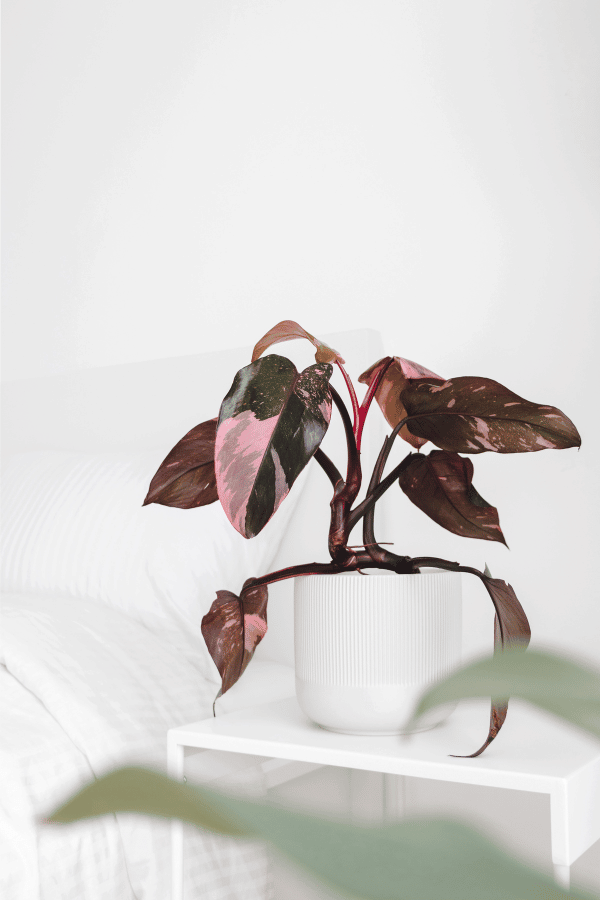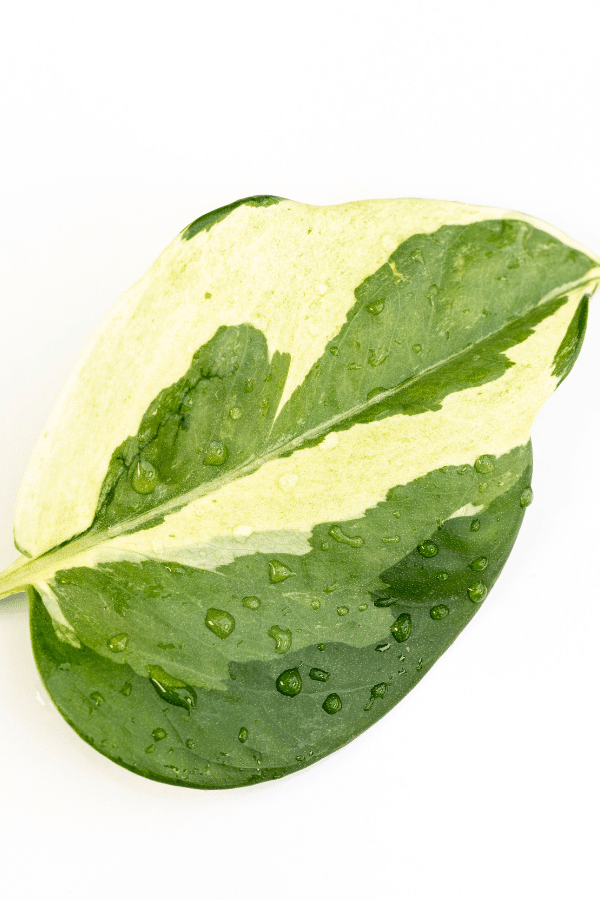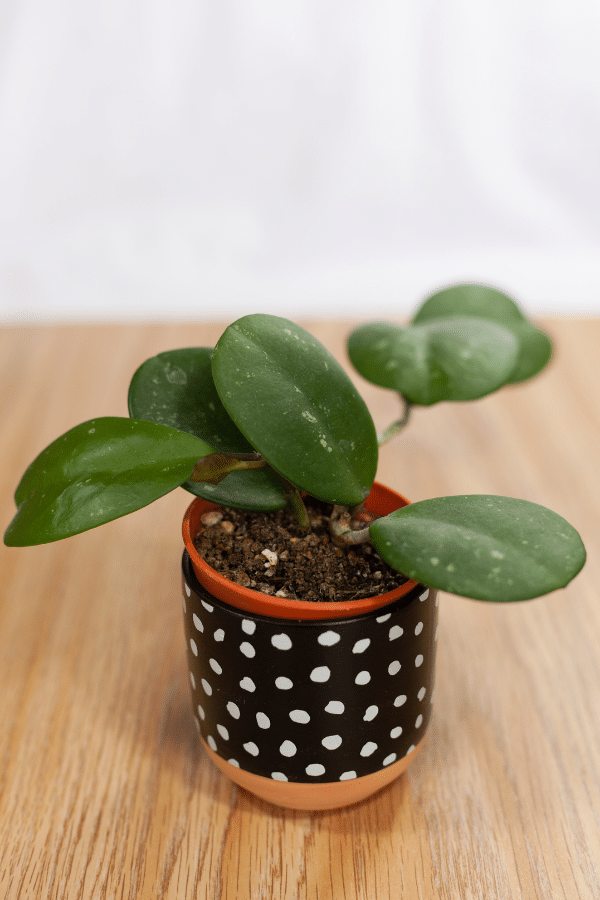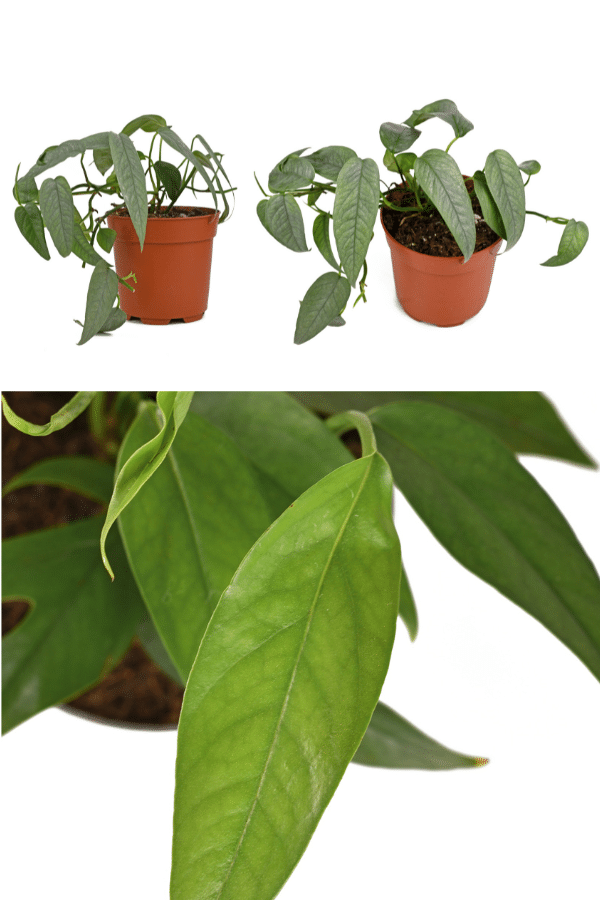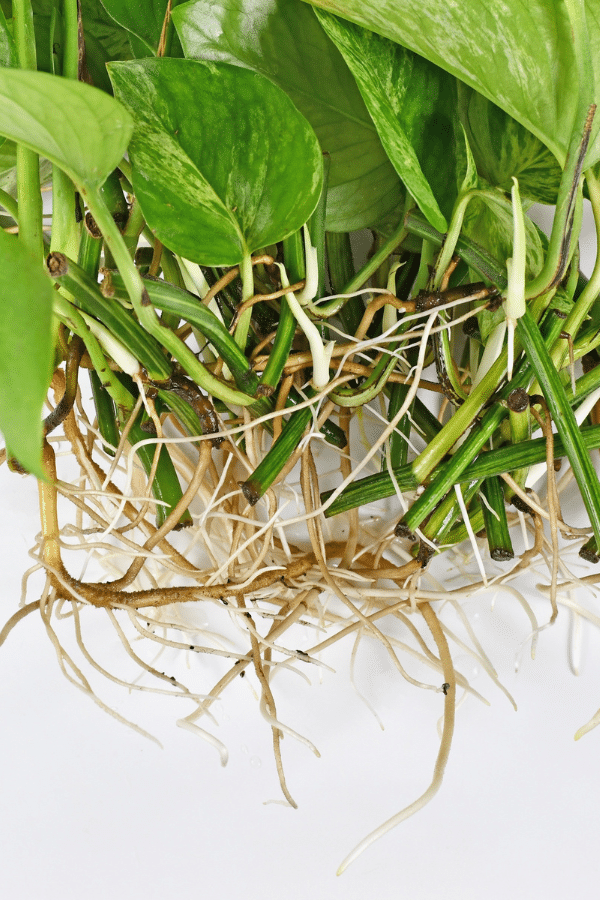Ficus Umbellata (Umbrella Tree Fig)
Scientific Name: Ficus Umbellata
Common Name: Umbrella Tree Fig
Given the right environment, Ficus Umbellata care will be easy to grow and will grow very well for you as a houseplant. This plant has gorgeous, gigantic leaves with skinny stems and is closely related to the Fiddle Leaf Fig. As Ficuses can be a bit finnicky to grow, it may not be for a beginner.
Quick Care Guide
| Common Name | Umbrella Tree Fig |
| Scientific Name | Ficus Umbellata |
| Family | Moraceae |
| Origin | Africa |
| Identification | Oversized, glossy heart-shaped leaves with nerves and wavy edges |
| Height | 4 feet tall |
| Soil | Well-draining soil |
| Water | Allow top two inches of soil to dry out before watering |
| Temperature | 65-85F |
| Sunlight | Ample, bright sunlight |
| Toxic to Cats & Dogs | Mildly |
| Toxic to Humans | Mildly |
| Pests | Aphids, scale, spider mites |
| Diseases | Root rot |
Below we will dive deep into how to care for Ficus Umbellata care.
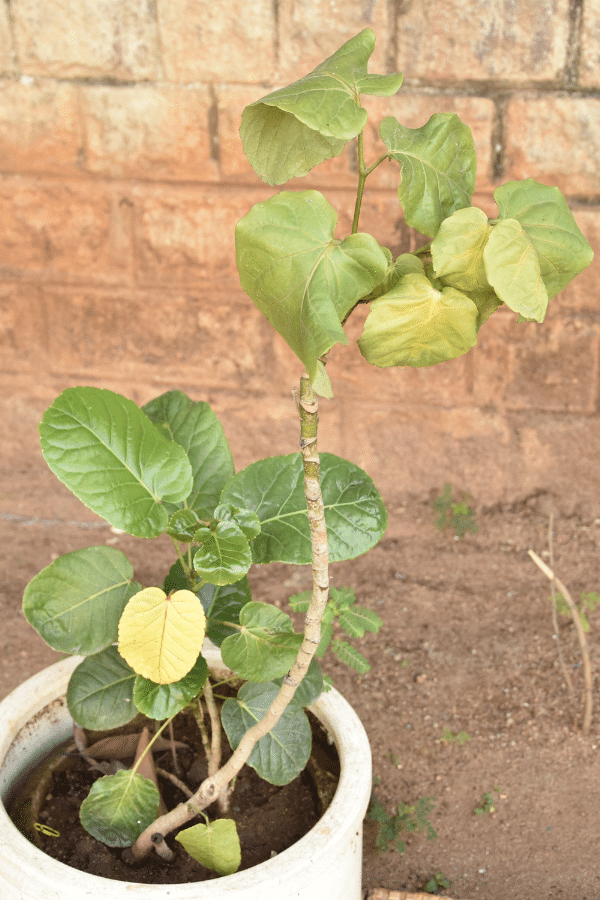
Ficus Umbellata History
Ficus Umbellata, also known as the Umbrella Tree Fig, remains a rare and almost unheard of houseplant in the US. However, it has become an increasingly popular Japanese houseplant. Originating from Africa, the umbrella tree fig has yet to gain the same popularity in the U.S. as its closely-related Fiddle Leaf Ficus cousin. The umbrella tree fig may be difficult to find in local garden centers but it may be purchased by specialty growers or online. Easy to maintain and quick growing, this ornamental tree is a wonderful addition to your houseplant collection.
Ficus Umbellata Identification
Related to the Fiddle Leaf Fig, the umbrella tree fig has showy oversized leaves on thin stems, but this plant is distinguishable by its more pronounced glossy heart-shaped leaves and vibrance. Gigantic, intense, lustrous green leaves present with well-marked nerves and wavy edges. The lush foliage of this ornamental plant is certain to attract attention. You will mainly find the Ficus Umbellata in living room or office corners.
Ficus Umbellata Growth Facts
Given the right Ficus Umbellata care and correct growing conditions, your Ficus indoor plant can achieve a good size. With optimal care, you could see a new leaf sprout every week in the growing season!
How Big Does a Ficus Umbellata Get?
The Umbrella Tree Fig is an upright tree that will reach about 4 feet tall and 4 feet wide as a container-grown indoor plant. The growth rate will vary greatly depending on soil type, sunlight, temperature, and other factors.

Ficus Umbellata Care
There are a few specific Ficus Umbellata care items you need to know in order to grow a healthy and thriving ficus plant. Well-draining, nutritious soil, bright sunlight, and a warm spot are a few things this plant loves. Read on to find out more about how to care for Ficus Umbellata.
Searching for a new houseplant?
Take our houseplant quiz to see what your next plant should be based on the room it’s in, the specific lighting the room receives, if you want it on the floor or on the table, and much more!
Best Soil for Ficus Umbellata
Like many indoor plants, especially in the Ficus family, Ficus Umbellata requires well-draining soil to remain healthy. Soil that is rich in organic material is preferential. Additions of perlite or vermiculite to potting soil will aid with good drainage and aid in the prevention of over-watering
Ficus Umbellata Fertilizer
Ficus Umbellata has relatively low fertilization needs. Fresh potting soil rich in organic matter, such as worm castings should have all of the nutrients your plant requires to set a good growing foundation. Most all-purpose fertilizers will fulfill the needs of Ficus Umbellata. For a longer-lasting, regular regimen, select a slow-releasing fertilizer. Follow all directions and only apply as directed.
Ficus Umbellata Watering
The umbrella tree fig prefers the soil to get dry between waterings, but is not as finicky to overwatering as its cousin, the fiddle leaf fig. Ficus Umbellata should be watered up to twice weekly depending on light intensity and location the plant lives. After maturation, or when dormant in winter, Ficus Umbellata will be able to withstand longer periods of dryness. In summer, keep the soil moist but avoid flooding it.
Ficus Umbellata Light Requirements
The umbrella tree fig requires ample, bright sunlight. Without sufficient sunlight, the Ficus can’t get all the light it needs and will begin to drop its leaves. Keep in mind, that like many houseplants, Ficuses do not like to be moved after they have found their happy spot and excessive moves may cause this plant to drop a significant amount of leaves.
Ficus Umbellata Temperature & Humidity
Ficus Umbellata is a very sensitive plant and likes to stay warm, around a temperature of 65-85F. It does not thrive in dry, very hot, or intensely cold environments. These plants are sensitive to drafts and cold air, so keep them away from air vents and heaters. The umbrella tree fig does not need any supplemental humidity other than what your house provides. Although they may enjoy a spritzing, most of their water is absorbed through the plants roots and not through their leaves, so it’s better to be sure you are watering your Ficus Umbellata correctly to achieve optimal growth.
Repotting Ficus Umbellata
Ficus Umbellata should be repotted about once a year. After some time, the quality of the organic content in the potting soil will begin to break down and will no longer possess the nutritional qualities and aeration that plants require to be healthy. Healthy growth can be encouraged by repotting. Indications that your umbrella tree fig needs repotting include drying out very quickly, roots popping out from drainage holes, or appearing disproportionately large in comparison to its container.
Ficus Umbellata Maintenance & Pruning
Ficus Umbellata should be pruned in late winter or early spring to remove dead branches and assist in giving the ficus a uniform shape. It is normal for lower leaves to naturally drop as new leaves sprout from the top, giving the tree a bare-stem, tree-like look.
Propagating Ficus Umbellata
Ficus Umbellata is worth propagating and propagation is best done with stem cuttings. To do so, simply take a sharp blade and remove some leaf cuttings with a small piece of stem attached. Exercise caution when taking the cuttings, as some individuals find the milky sap produced from the cut edge to be irritating to the skin. After obtaining the cuttings, they should be left in open-air to callous on the cut edge to prevent mold or fungal disease. Next, the cuttings should be inserted stem first into an even mixture of sand and peat moss. It may take several months for cuttings to produce roots.

Ficus Umbellata Toxicity
The sap that gets secreted from Ficus Umbellata plants is mildly toxic to humans, cats, and dogs. Never ingest any part of the plant and wash hands after handliing the plant if you get the milky sap on your skin as it can cause irritation.
Toxicity to Humans
Ficus Umbellata is mildly toxic to humans and should never be ingested. Some find the foliage and sap irritating to the skin, especially the milky substance excreted when the plant is injured. This sap is toxic and care should be taken to avoid the negative outcomes of it.
Toxicity to Cats & Dogs
Ficus Umbellata is mildly toxic to pets and should never be ingested.
Ficus Umbellata Problems
Ficus Umbellata Leaves Turning Yellow
The most common cause of yellowing leaves is water stress. Ficus leaves may also turn yellow if the humidity is low. Check your soil moisture levels. If soil feels moist but not waterlogged, try misting the leaves to increase humidity around the plant. Yellow leaves may also occur with dry, winter air.
Ficus Umbellata Leaves Turning Brown
Ficus Umbellata can have brown leaves occur due to leaf burn when receiving too much direct sunlight or not having been acclimatized to longer durations of brighter light intensity. Leaf tips can also undergo browning when lacking moisture. Spritzing of the leaves and proper watering should prevent this issue.
Ficus Umbellata Diseases
Root rot is a common disease that Ficus Umbellata can suffer from. This is due to overwatering and/or not proper drainage. If your Ficus has signs of illness, such as yellow leaves and brown mushy stems and roots, your Ficus is most likely experiencing root rot. Repot the Ficus in a well-draining soil and remove all of the dead parts of the plant.
Ficus Umbellata Pests
Like many other houseplants, aphids, scale, and spider mites can become a devastating nuisance. The best way to treat an infestation of indoor plant pests on your umbrella tree fig is to utilize an insecticidal spray and/or neem oil.

